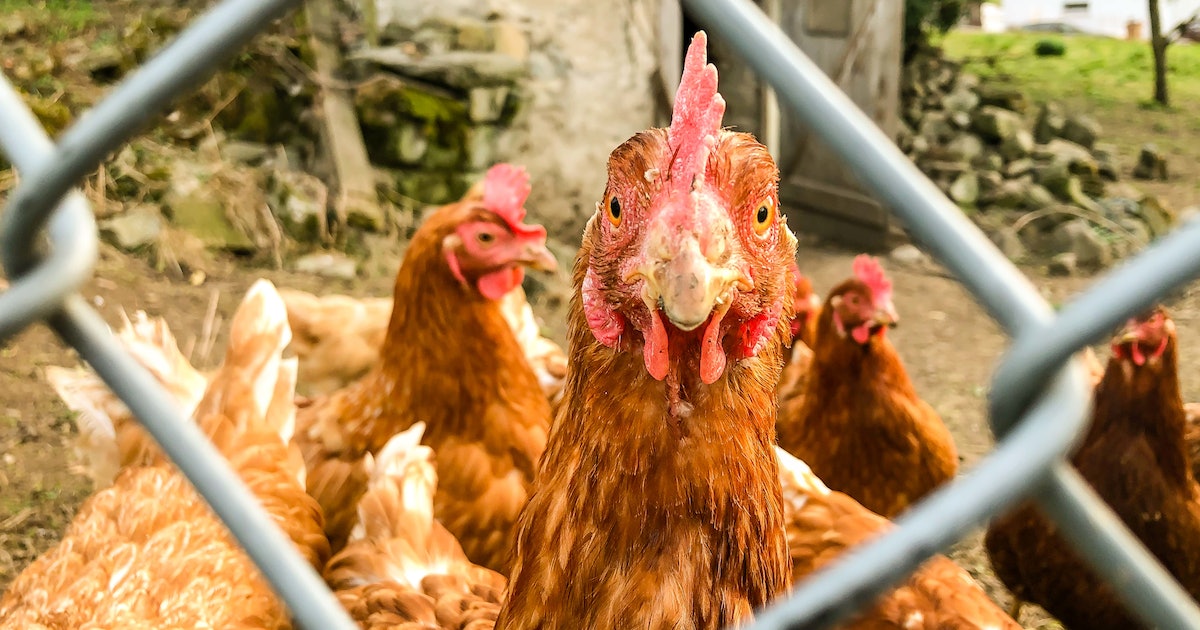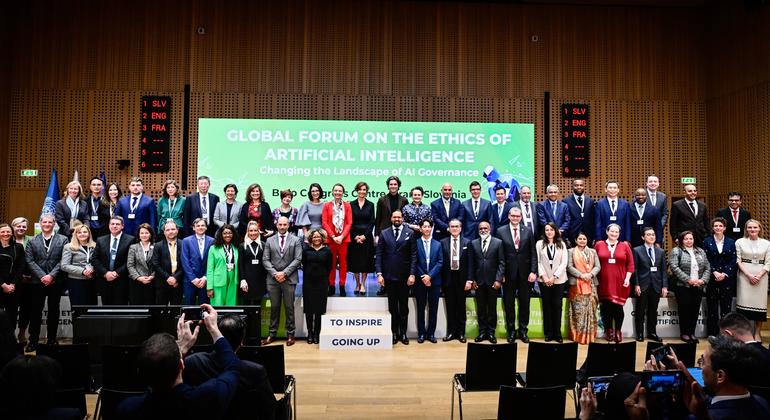Have you ever pondered the conversations among chickens? Chickens possess a sophisticated language system, utilizing clucks, squawks, and purrs to convey emotions such as joy, fear, and social cues.
Similar to humans, the chicken’s language evolves with age, environment, and domestication, shedding light on their social structures and behaviors. Deciphering these vocalizations can revolutionize poultry farming practices, ultimately improving chicken welfare and quality of life.
At Dalhousie University, our research employs artificial intelligence (AI) to unravel the mysteries of chicken communication. This innovative project aims to unveil the world of these feathered creatures, offering profound insights into their language that were previously inaccessible.
Decoding Chicken Communication
The integration of AI and machine learning in this study acts as a universal translator for chicken speech. Through the analysis of extensive audio data, our algorithms are learning to discern patterns and subtleties in chicken vocalizations. Despite the complexities of varying pitch, tone, and context in chicken sounds, advanced data analysis techniques are facilitating the comprehension of their communication.
Understanding the emotional undertones of these sounds is a key focus of our research. Leveraging Natural Language Processing (NLP), commonly used in human language interpretation, we are delving into the emotional states of chickens. By identifying stress or contentment levels, we can make informed decisions regarding their well-being.
Non-Verbal Communication Insights
Beyond vocalizations, our study explores non-verbal cues such as eye blinks and facial temperatures to gauge chicken emotions. By utilizing non-invasive methods like video and thermal imaging, we have observed temperature fluctuations around the eye and head regions, along with changes in blinking behavior as responses to stress. These observations provide valuable insights into how chickens express their feelings, aiding in the assessment of their welfare.
Implications and Applications
The implications of this research extend beyond academia, influencing farming practices, animal welfare policies, and ethical considerations. By enhancing our understanding of chicken vocalizations, farmers can improve living conditions, leading to healthier and happier chickens and, consequently, enhancing farm productivity and animal health.
Moreover, the ethical application of AI in this context sets a precedent for future technological advancements in animal science. This responsible use of technology underscores our commitment to ethical principles and animal welfare.
Future Prospects
As we delve deeper into decoding chicken language, we pave the way for a more empathetic and responsible world. This journey not only unlocks the secrets of avian communication but also sets new standards for animal welfare and ethical technological utilization. By bridging the gap between humans and the animal kingdom, we embark on a transformative era of mutual understanding and empathy.
This groundbreaking research not only contributes to education and conservation efforts but also signifies a significant step towards a harmonious coexistence between humans and animals.
This article was originally published on The Conversation by Suresh Neethirajan at Dalhousie University **.










